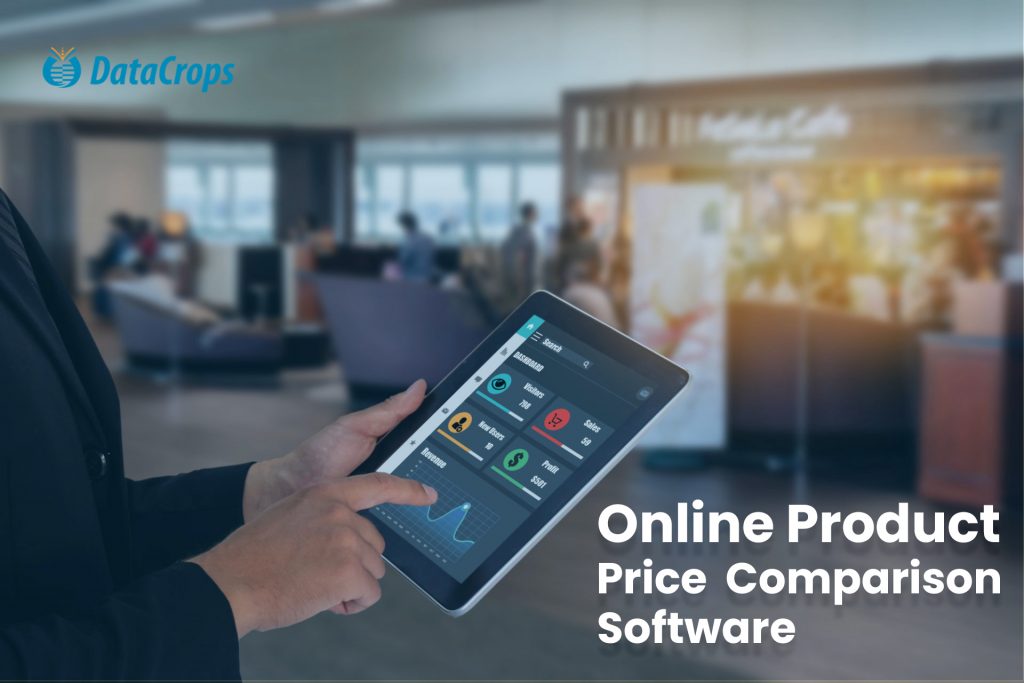
It’s critical for online retailers to price optimise. In virtually every sector of retail, price is such a critical factor as in e-commerce. Every day, you experience it: online retail is extremely competitive. How should you tackle the issue of price optimisation? What is the most suitable approach? You may guarantee customer-oriented pricing or dynamic price optimisation. This is when Online Product Price Comparison Software comes in.
The thicket of terminology and approaches will be easier to navigate as we cut through it because a well-conceived pricing strategy is always customised.
What does price optimisation mean?
A profitable pricing strategy addresses market conditions, customer expectations, and competitors’ pricing policies in order to keep prices up or down as needed. If your own prices are too high, customers will leave. If they are too low, you will leave margin potential untapped. It may also appear that you are disorganised or poorly cared for by your customers.

You must try to make your prices more attractive by continuously evaluating them and in near real-time. To have truly dynamic prices, you must set them in real-time.
What are the advantages of dynamic price optimisation in e-commerce?
You may periodically evaluate the strength of your e-commerce prices using dynamic pricing, also known as dynamic pricing. Your Online Product Price Comparison Software analyses competitive data regularly, scrapes all product information from rival sites, and also includes many other variables. These might be your own costs and margins, inventory levels, or even delivery times.
When price optimisation involves market or competition-oriented pricing (competitive pricing), it is commonly part of the process. You may not easily maintain price leadership against your top three competitors for certain products because of dynamic pricing.
In which industries are dynamic price optimisation of high relevance?
For e-commerce retailers, price transparency is never as high as it is in the price comparison. Competition is also fierce, meaning that dynamic price optimisation is practically mandatory.
In instances where product ranges change rapidly, dynamic pricing is essential. In the fashion industry, for example – the keyword here is fast fashion. The retail sector as a whole is faced with the same problem. As well as the market changing rapidly, dynamic pricing has been used to optimise list prices, discount scales or promotions and campaigns for a long time.
How do you proceed when implementing price optimisation?
The question of whether to use software that is manually or automatically scraped from competitor websites is a conclusion that requires thought. Do I want all the functionality I require for my dynamic pricing strategy? Does it fit my approach?
It’s also critical to map out the regulations for price monitoring. For instance, setting the frequency for hunting down rival data at the product level would be a good idea: The software would then scan your most popular products several times a day, but the lower back catalogue would only be scanned monthly.
Your Online Product Price Comparison Software may use the data from price monitoring to optimise priced materials automatically if you want to monitor the results in real-time. You can also regularly check whether your marketing and pricing strategy still fits. Have there been any changes to the market, or are there new trends or market segments? Your approach should be as dynamic as your market!

